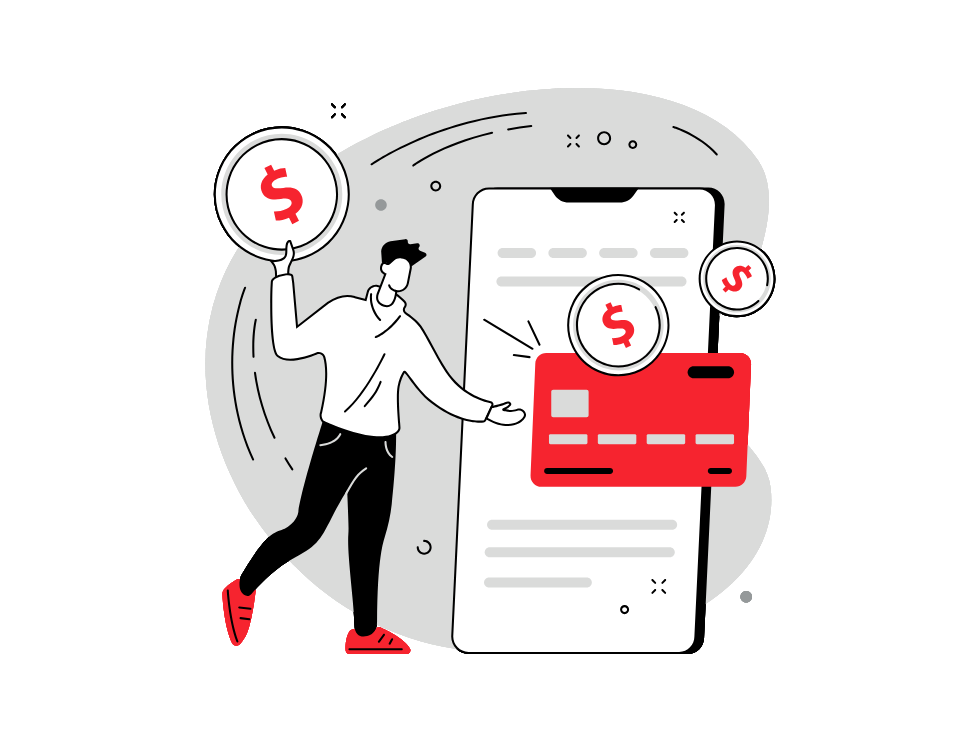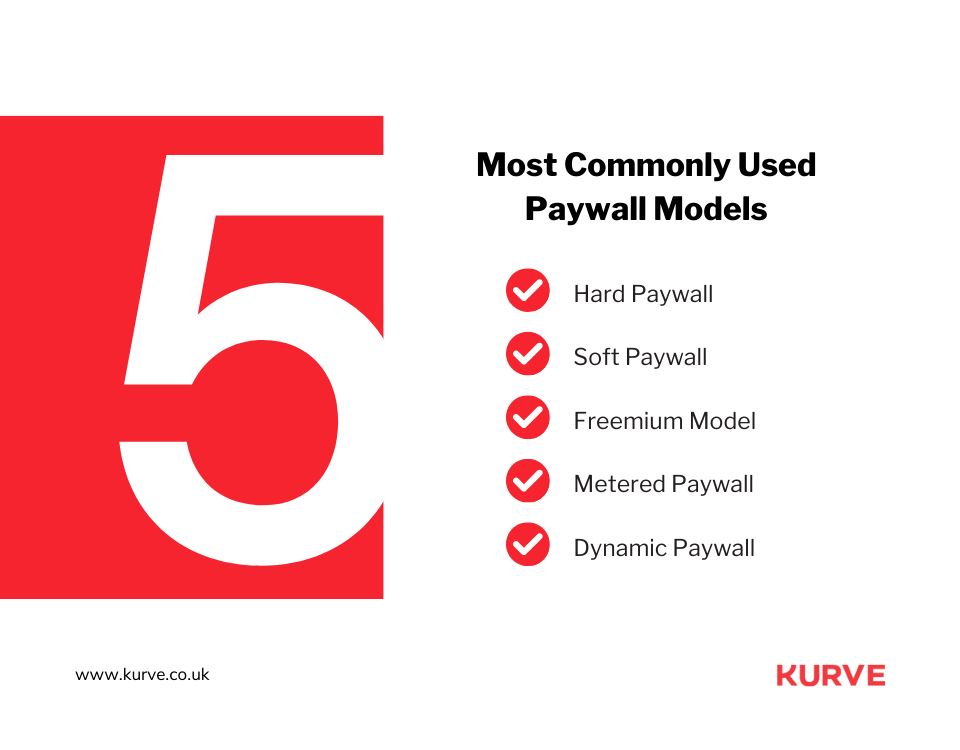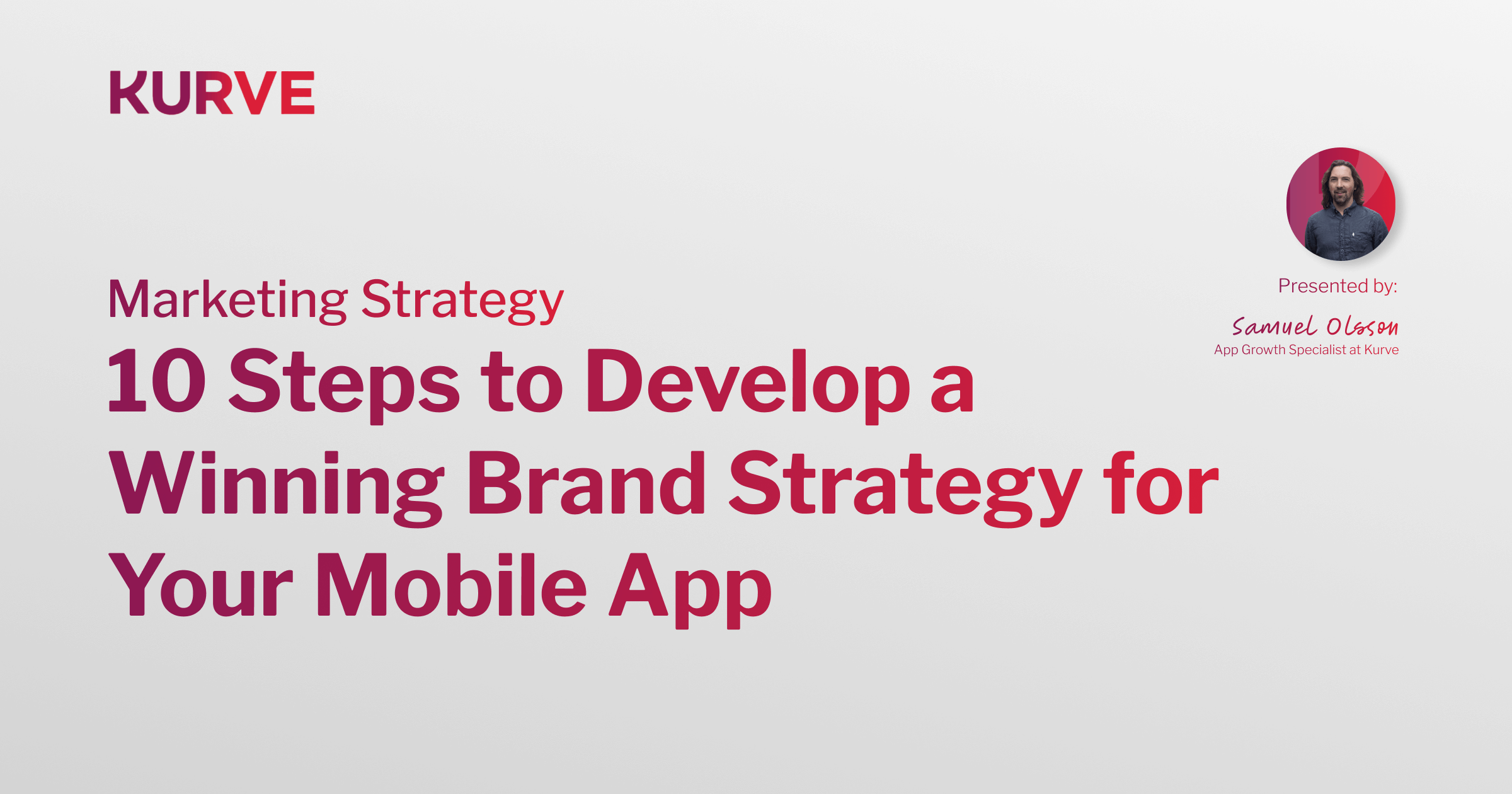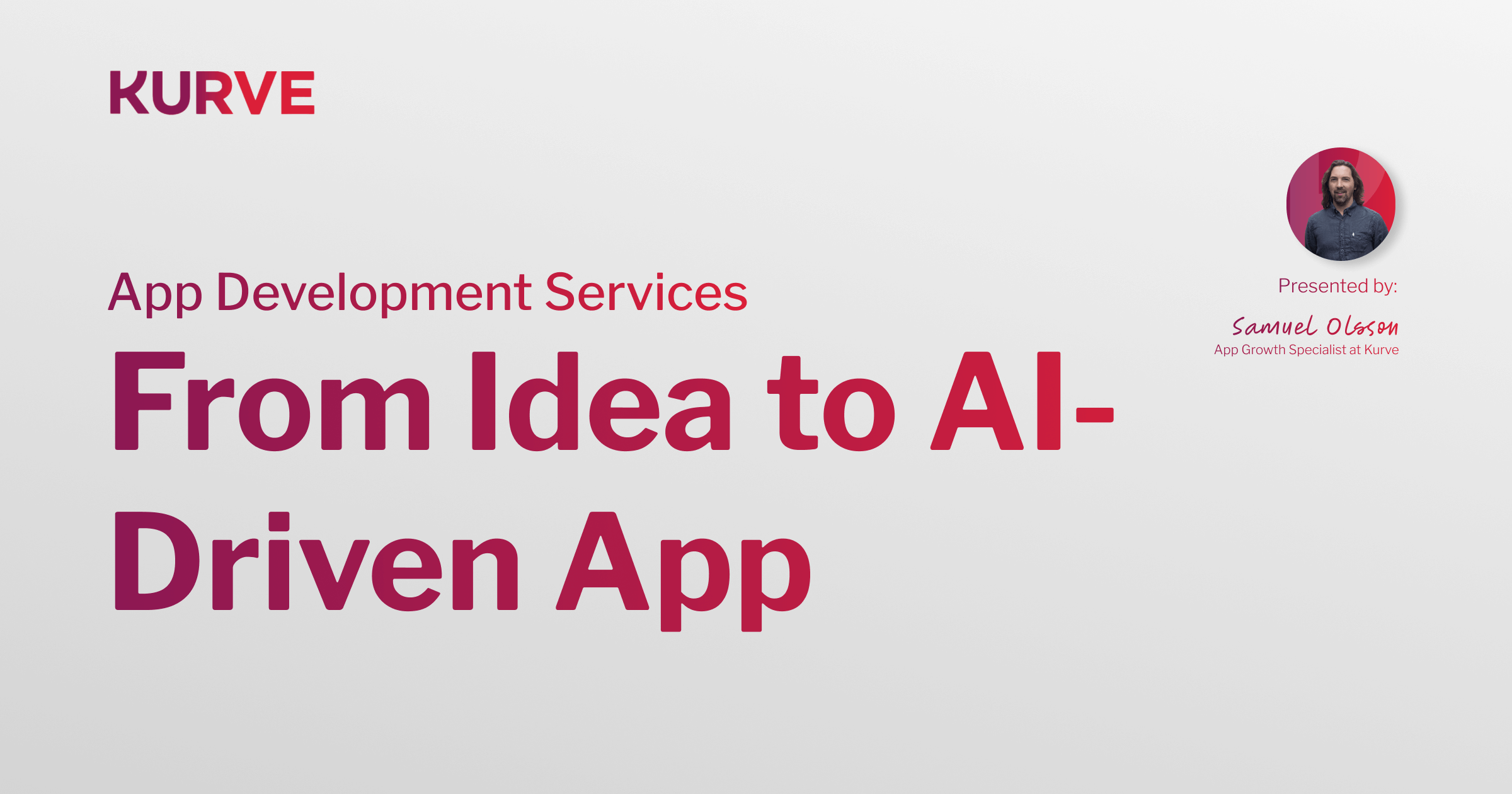Types of Paywall Models and How to Optimize Them: Tips and Tricks
Are you an app developer or marketer struggling to monetize your mobile app?
Paywalls could be your answer. When leveraged correctly, this strategy can skyrocket your app's revenue.
So, the important question – how do you create successful paywalls? It all comes down to your optimization strategy.
In this blog, we'll explore the types of paywalls, tips for optimizing them, and how to find the perfect balance between giving users a taste of your app and enticing them to pay for the full experience.
| Table of Contents |
|
Why do Mobile Apps Prefer Paywalls for Monetization? 5 Most Commonly Used Paywall Models |
What is a Paywall?

A paywall is a barrier within a mobile app that limits users' access to specific features, content, or services. Users must pay through a subscription or one-time purchase to gain full access.
App developers and marketers need to grasp the concept of paywalls, which provide a direct way to monetize your app and generate revenue from your user base. Paywalls allow you to safeguard premium or exclusive content, ensuring that paying users receive value.
Paywalls help you understand your audience better by identifying users willing to pay for additional value. Implementing the right paywall model encourages conversion without hindering the free user experience.
Why do Mobile Apps Prefer Paywalls for Monetization?

Paywalls have become an increasingly popular monetization strategy in the mobile app landscape for several compelling reasons:
User Value Proposition
Successful paywalls are built around apps that offer something genuinely valuable, whether it's:
- In-depth articles, digital content, premium videos, or special access that can't be found elsewhere.
- Tools, services, or features that streamline tasks, save time or improve quality of life.
- A clean, uninterrupted environment, appealing for content-driven apps.
Users assess whether the benefits of a premium offering are worth the cost. Your task is to make the value proposition so clear that they feel they're getting a real bargain for their money.
Reduced Reliance on Ads
While advertising can be a component of your monetization strategy, excessive reliance on ad revenue presents several challenges:
- Advertising revenue unpredictability makes it difficult to plan for the future.
- It can leave you vulnerable to sudden drops in income.
- Ads can be intrusive, slowing your app or disrupting the flow.
- Some ad networks rely on extensive user data tracking, which can be a sensitive issue for privacy-conscious audiences.
- You need a large and engaged user base to generate substantial revenue with ads alone.
However, paywalls don't mean completely abandoning ads. Instead, they become one piece of a healthy, diverse monetization puzzle, giving you more flexibility and resilience.
Predictable Revenue Model
Subscription-based revenue models provide reliable income, allowing better financial forecasting, budgeting, and investments. Paywalls also provide insulation against unpredictable market trends.
Yet, even with subscription models, you'll need to focus on retention strategies to minimize subscriber churn (those who cancel their subscriptions).
Predictability hinges on providing enough value to users to justify their continued subscription.
In-App Purchases (IAPs)
Paywall models empower developers to offer a free app version that entices users to spend money for an enhanced experience. The free version is a demo of the app's core value, while restrictions showcase the benefits of upgrading.
This creates a clear path to conversion, offering digital subscriptions, one-time purchases, or in-app purchases (IAPs) to unlock premium features, expanded content, or an ad-free environment.
Key considerations for success include finding the perfect balance of free vs. paid content and selecting the paywall model (more on that below) that best aligns with your app.
Subscription Models
Subscription-based paywalls' popularity stems from their steady, predictable revenue stream.
Monthly or annual fees provide financial stability and allow for informed planning. Additionally, subscriptions foster user loyalty. Subscribers are more likely to stick around to maximize their investment, creating opportunities to build lasting relationships.
The perceived affordability of a monthly paid subscription often attracts a wider user base than large upfront purchases.
5 Most Commonly Used Paywall Models

Choosing the right paywall model is essential for maximizing the success of your monetization strategy. Let's explore the five of them and see what model fits for you:
1. Hard Paywall
Hard paywalls present an immediate barrier to entry, restricting access to almost all meaningful app content.
Advantages:
- Users instantly understand they must pay to access your content.
- Can project a sense of high quality that is appealing to niche audiences.
Disadvantages:
- It limits user acquisition, deterring those who are hesitant to pay upfront.
- Minimal free content hinders search engine indexing and organic discovery.
- Users need to be convinced of your value before they'll pay without any preview.
Hard paywalls are fit for established brands whose existing reputations overcome the lack of 'try before you buy.' It also works for information or tools unavailable anywhere else.
2. Soft Paywall
Soft paywalls balance free access with premium content restrictions, aiming for wider user acquisition while still driving monetization.
Advantages:
- Free content lowers the initial barrier, attracting a broader audience and letting hesitant users test the waters.
- A well-crafted free experience showcases your app's value, increasing the likelihood of paid conversions.
Disadvantages:
- Too much free content makes upgrading feel less necessary.
- Finding the perfect mix of free vs. premium content is crucial. Too little free content limits reach; too much dilutes the value proposition.
Soft paywall models are great for free articles for digital publishers, news, and content platforms.
3. Freemium Model
Freemium paywall models offer a permanently free basic version of your app alongside a paid premium tier with enhanced features, content, or capabilities. It's a popular model for games, productivity tools, and content-driven apps.
Advantages:
- The "free" aspect attracts a huge audience, widening your potential customer base.
- Users experience your app, making them more likely to upgrade if the free version provides value and sparks the desire for more.
Disadvantages:
- You must constantly develop enticing premium features to keep users engaged and justify upgrades.
- Simply having lots of free users doesn't guarantee revenue.
4. Metered Paywall
Metered paywalls offer limited free online content (articles, time on the app, etc.) before requiring payment. Think of it as getting generous samples before buying the full box.
Advantages:
- Letting curious users sample your app increases their investment, making them more likely to pay once they reach the limit.
- You can adjust the free allowance based on data, tailoring it to content, behavior, or business goals.
Disadvantages:
- Setting the perfect limit is hard. Too little frustrates users; too much means they might never need to pay.
- Effective use requires robust analytics to understand user consumption and optimize the paywall trigger point.
A metered paywall best suits content-driven apps like news sites, magazines, or blogs with individual articles.
5. Dynamic Paywall
Dynamic paywalls leverage algorithms and real-time data to personalize the experience for each user. Content restrictions, offers, and even pricing can adjust based on interests, device, location, past engagement, and more.
Advantages:
- Analyzing user behavior allows dynamic paywalls to present offers or restrictions for better conversion.
- Dynamic paywalls constantly evolve in response to trends, seasonality, or current events.
Disadvantages:
- Dynamic paywalls require data analytics, potentially AI or machine learning tools, and dedicated development resources.
- Privacy implications and ethical data practices are considered when using user data.
Examples are content-rich platforms like news apps, streaming services, and apps with varied content types that benefit from paywall personalization.
5 Tips and Tricks on Optimizing Paywalls
Continuous optimization is essential to maximize conversions and revenue;
1. Understand Your Audience

Conduct market research and know your users' pain points, content preferences, and spending habits. This insight can be gathered through in-app analytics, surveys, and social media monitoring.
Segment them based on engagement levels, content interests, and their stage in the user journey. New users may need a more generous free experience than established ones, while power users might be open to a different paywall model.
Ensures your value proposition aligns with what users genuinely want, helps you set optimal pricing, and guides your choices about paywall types (metered, freemium, dynamic, etc.)
2. Offer Compelling Free Content
Think of your free content as a powerful sales pitch for your premium offerings. It should showcase your app's value and quality, not just offer a watered-down taste.
In freemium models, the core tools are provided while reserving advanced features for paying users. With metered paywalls, hook users in with the first few paragraphs of premium content.
Mix your free content with short videos, listicles, infographics, and more. Ensure everything has intriguing headlines, high-quality visuals, and polished editing – this also reflects on your premium offerings.
3. Optimize Pricing and Plans

Analyze competitor pricing, understand your audience's price sensitivity, and ensure your prices reflect the value you provide.
Utilize trial periods and gradual price adjustments to optimize your strategy. Offer monthly and annual plans (with annual discounts), tiered options, and targeted discounts (e.g., for students) to appeal to diverse budgets and needs.
Remember that pricing should be adaptable, and regional pricing should be considered for international markets. Always communicate your pricing and plans with absolute clarity.
4. Implement A/B Testing
A/B testing lets you replace guesswork with data-driven insights. The core idea is to show different versions of your paywall elements (e.g., button color, pricing) to segments of your users and track which version performs better based on metrics like click-through and conversion rates.
Experiment with various aspects of your paywall, including;
- Design: Button colors, layout variations, and free vs. paid content visibility.
- Copy: Headlines, CTA, and the language.
- Pricing: Different price points or subscription plan structures.
- Timing: How often paywalls are presented to users.
Use A/B testing platforms like Google Optimize or analytics tools to streamline the process.
5. Utilize Limited-Time Offers
Limited-time offers tap into our innate fear of missing out and our desire for exclusivity.
To create urgency, offer introductory pricing for new digital subscribers, holiday promotions, and limited-edition content bundles.
Communicate deadlines with countdown timers and urgent language (e.g., "Act Now!"). Tie your offers to special events (app milestones, user anniversaries) to increase their appeal.
Remember, use limited-time offers strategically. Ensure your offers remain profitable, and always track their performance to understand what works best for your audience.
Build an Effective Paywall Model with Kurve
Paywall optimization is a continuous process.
If you want to create a paywall that converts goals like revenue growth, user acquisition, or increased loyalty, you must understand your users' needs and wants and the value proposition that speaks to them.
Once you nail that, you have a winning paywall model.
If you'd like a tailored paywall consultation or have specific questions, let us know how Kurve can help you! Let's explore how to maximize your app's potential.
Check out our blog if you're hungry for more insights on paywalls, mobile app monetization, and how to build a thriving app business.


